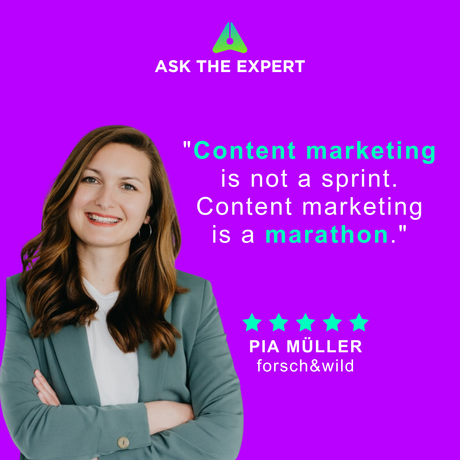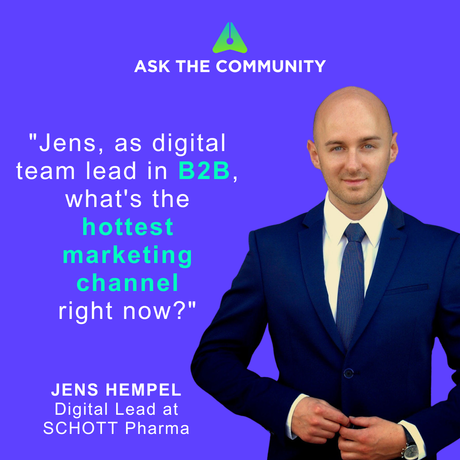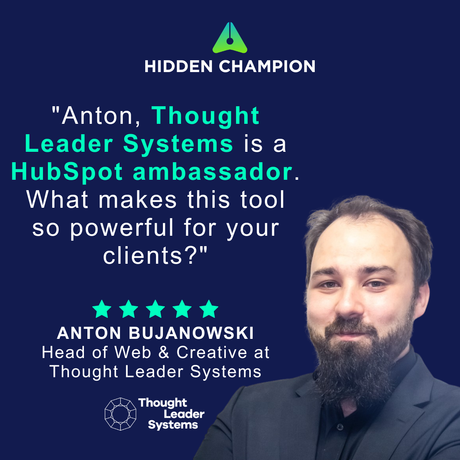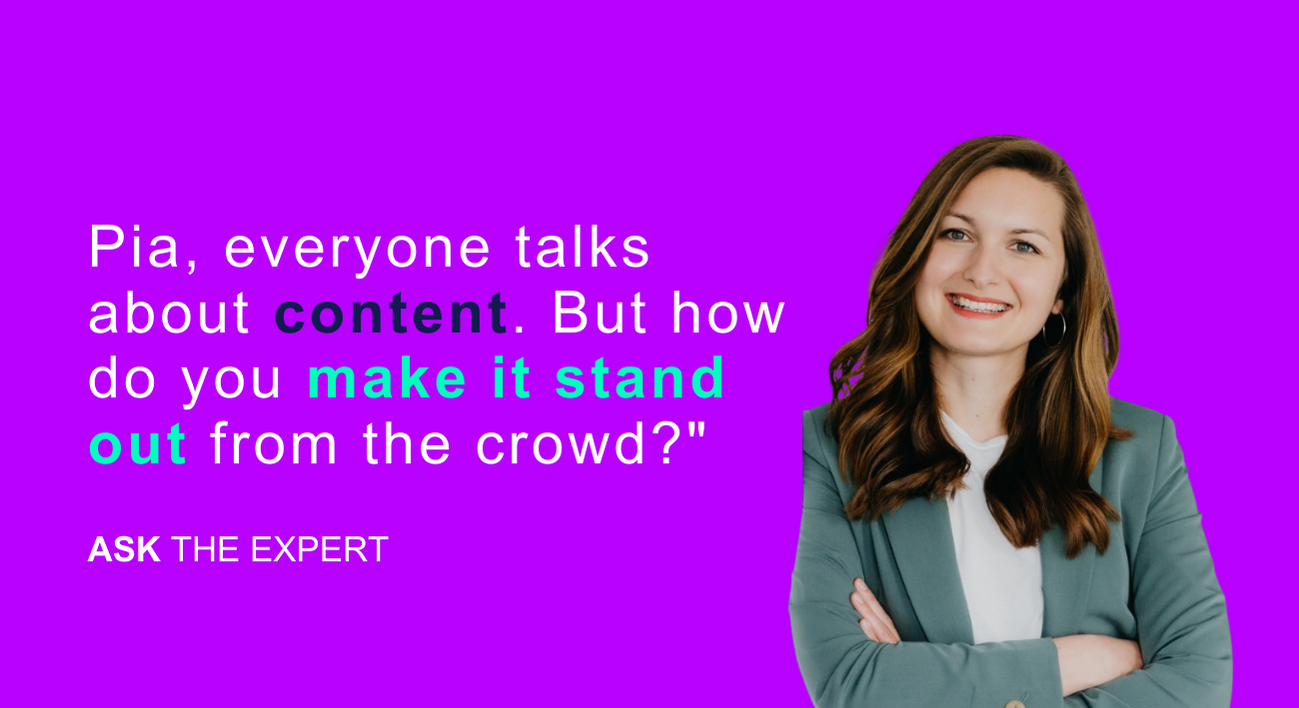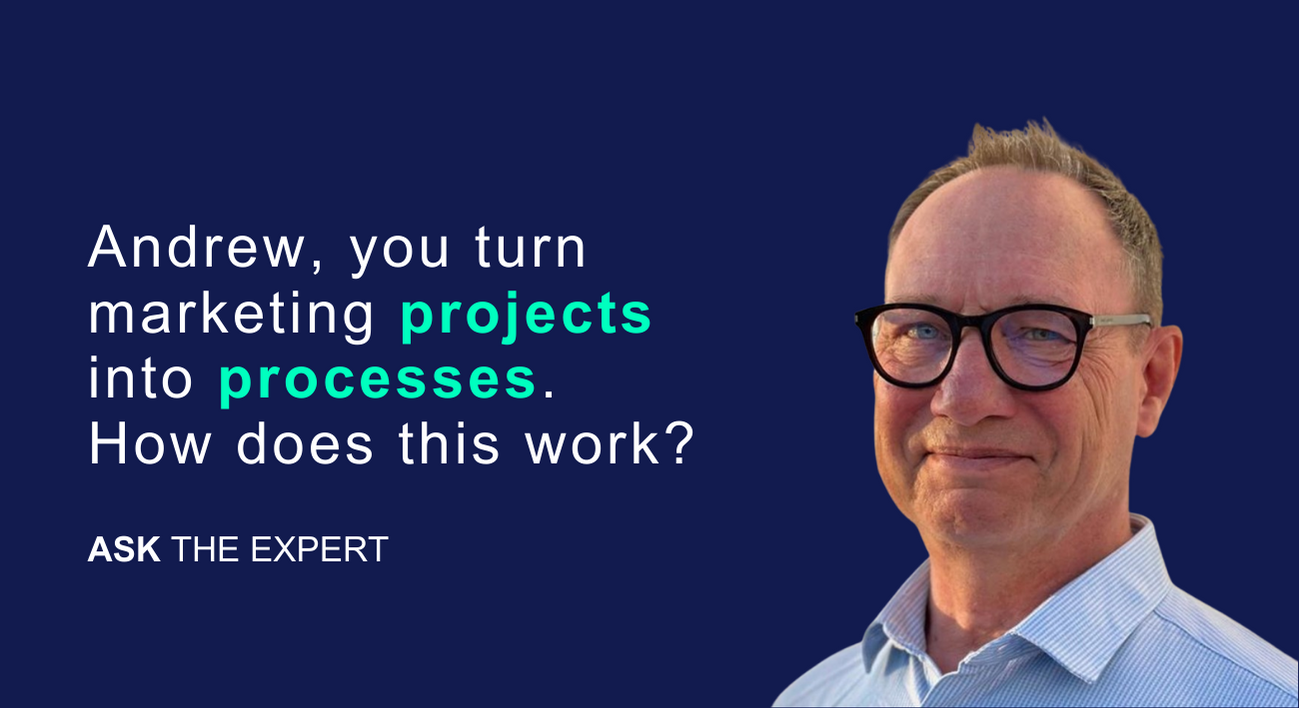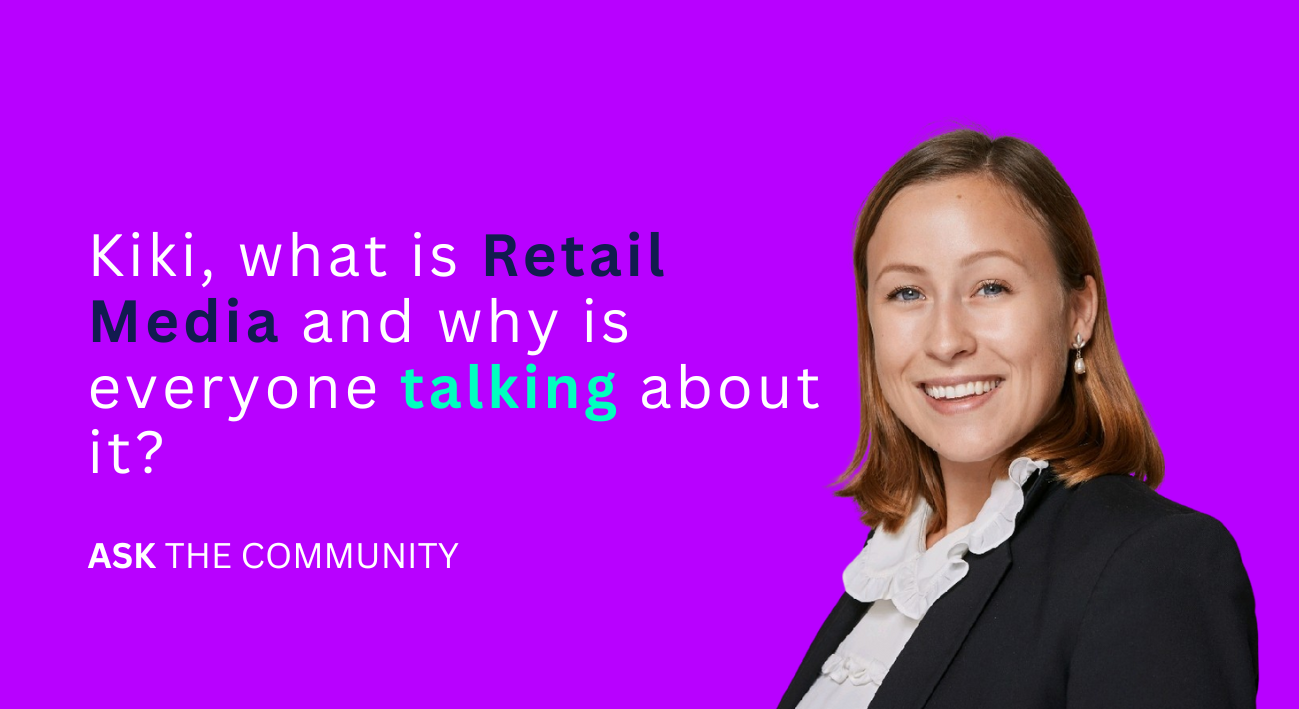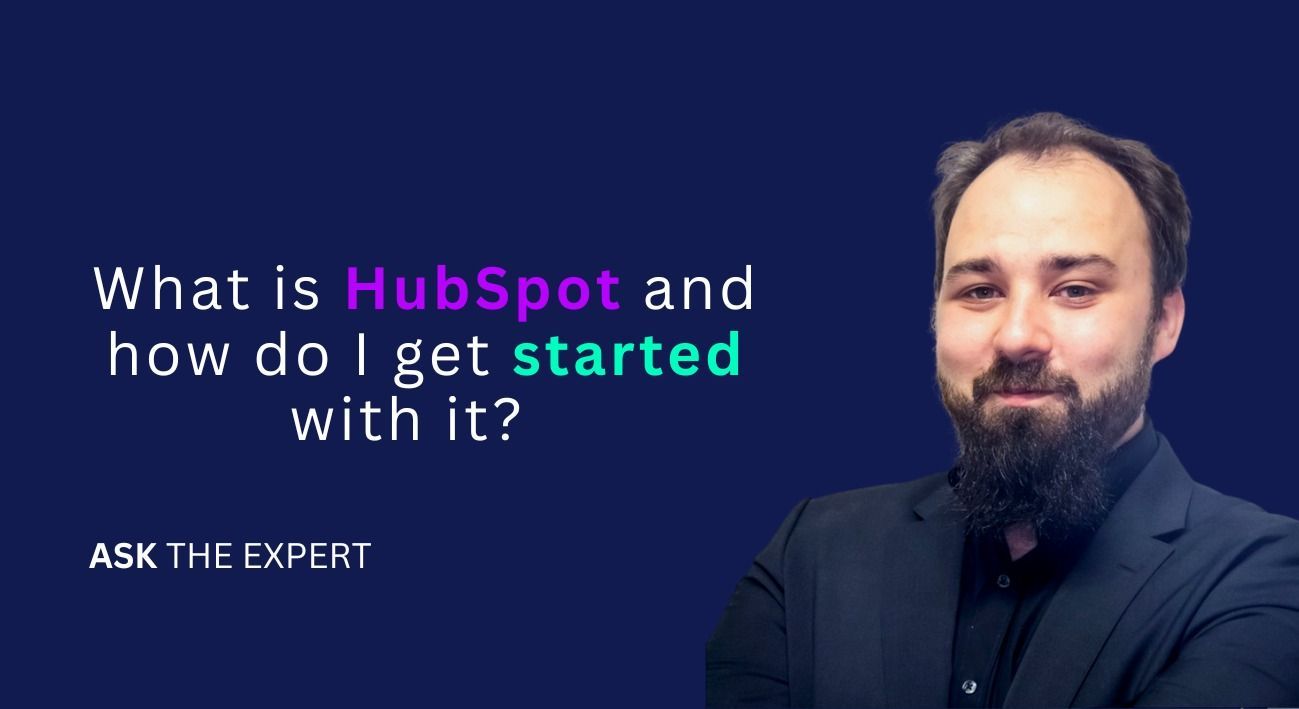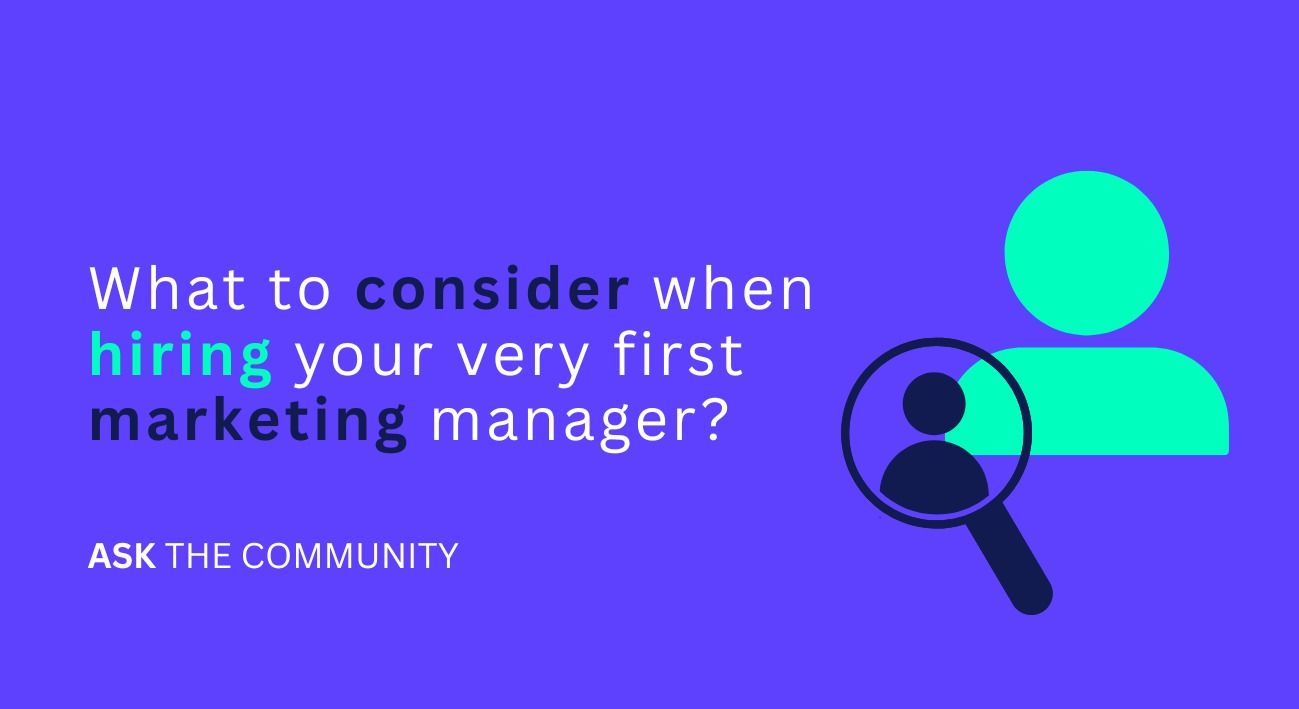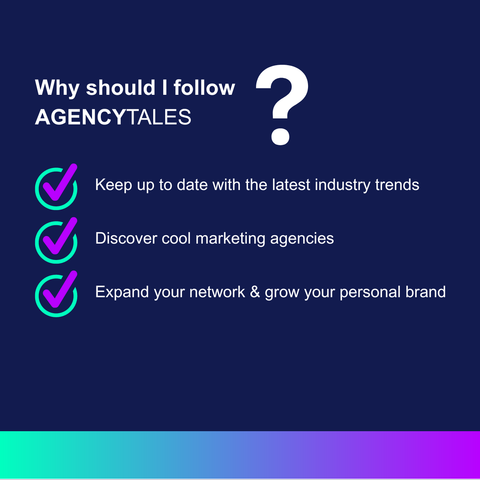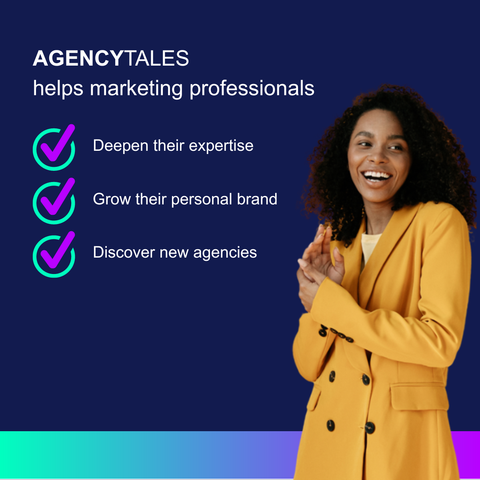by Dodo-Leonie Husmann-Pegher
•
17 Apr, 2023
Increasing efficiency inside marketing departments requires proper processes and a dedicated leader to implement change. We interviewed Andrew Sanderson who is a seasonsed marketing consultant spezialized in helping CMOs and their marketing teams make sense of strategy choices. Andrew, marketing departments struggle to become more efficient with notoriously limited resources. Your suggestion is to turn marketing projects into processes. Can you elaborate on this idea? “Project to process” is a pattern of thinking that I learned by working with my father. He left the corporate world to set up a company that made childrens’ toys out of wood. A typical order was five to ten delivery boxes, each containing five dozen of a single toy design. So we’re talking small-scale batch production, by a very small team, in a limited space. A successful toy is not just one that children want to play with. It also has to be designed so that it’s profitable to produce. There’s more to product design than describing what the finished object looks like. More importantly, it defines the process steps that transition the raw material into a finished object. And it’s an ongoing activity. Both product and the process are refined as you gain experience. In batch production with wood, the key to high quality production is jigs: the self-made devices that enable consistent repetition of a specific process step, time after time. The question is not “how will we make this toy?”, but “how do we make multiple batches of 600 identical toys?” So you create a series of jigs: for each cutting, shaping and finishing process; for every assembly and packaging step. The entire production process must be designed, accurately priced and tested for its ability to deliver consistent quality. And those issues must be addressed before you can present a prototype to the head buyer at a retail chain, because once they say “yes”, they want delivery within ten days. I was absorbing all this stuff as a teenager before I left school. It was simply my “normal”. It was only later, in my professional life, that I realised how valuable that experience was. What skills and capabilities are needed to implement this methodology within a marketing department? No special skills; but do take the time to learn the qualifying questions and practice using them. There are lots, but three quick examples are repetition, time and effort, and value. One of the qualifying questions is “how often are we going to repeat this?” I got to apply this in my first serious job after graduating. Quantum Science Corporation was a market research firm that provided annually updated forecasts for sales of mainframe computers in Europe. Their USP was that the forecasts were based on the actual numbers of customer organisations in an industry sector – and I was the specialist who updated the industry counts. Twelve countries, twenty industry sectors, times eight size bands each for numbers of employees and revenue sizes. That’s 12 x 20 x 8 x 2 = 3.840 data cells to be sourced and updated from statistical yearbooks held across six London public libraries. Knowing that the forecast had to be repeated every year, I started creating my own source documentation for each bit of data that Quantum published: which yearbook and page, from which library, with room and shelf reference. It saved huge amounts of time in year two and after. Another question is scope: “how much time and effort is this project worth?” At one company, the objective was to launch a monthly Newsletter to three distinct target groups. The critical issue was that this was going to be an add-on role for a busy marketing assistant. So the job was not simply to design the layout, and a flexible content plan for the year ahead. The real work was to define a workable internal process: from the editorial meeting, to writing, through approval, to publication and reporting. Also, to get agreement on the role of each of the people involved: director, manager and assistant. The assignment lasted three months, but the newsletters ran for over six years. Value is a sensible question, too: “how do we justify this activity economically?” At SAP I led the email marketing team. As a manager I had access to all sorts of data, right down to costs of rooms, heat, light and phones. Out of curiosity, I added up the total annual cost of the team and divided by the number of projects we completed that year. The “average project cost” was a wake-up call - agencies could do it cheaper. So we had a team meeting and set ourselves the challenge of doubling our productivity. Everyone was actively looking for ways to cut out wastage, become more effective. We changed all sorts of daily practices and our collaboration with other teams, too. It was a very exciting time – and we succeeded – but the best was that we created a rhythm that was actually less chaotic than before. What are potential hurdles? Form my experience in B2B agencies and marketing departments, I can’t help noticing a recurring pattern across industries and organisations: the sheer pressure of daily business prevents you starting on what’s really important: continual improvement. Marketers put huge amounts of energy went into delivering something by a deadline – and then move straight on to the next project. They don’t have time to follow up on the result, learn from experience or improve the quality. That’s like trying to become a better archer while wearing a blindfold. But there are ways to solve that. Once you think of a repeating project as a process, you can start thinking in terms of continual improvement. Figure out the scope across multiple iterations and you’ll find the space to re-design current processes. Establish the economic value and you can create a business case for change. And that leads to better quality for less effort. As an independent marketing consultant, what marketing trends excite you the most? Making B2B Marketing more effective, through digitalisation and automation, in all its various forms. In spite of what vendors claim, software is a tool, not a solution. You have to define how it’s going to be used in your organisation; and how you want automation to make your customer’s life easier. As you might have guessed, we’re back to woodworking jigs: creating ways to get a job done, to a consistently high quality standard, with manageable effort. In practice, many organisations rush in; they simply automate their current processes. But if you do that, you just get faster chaos. The more productive approach is to simplify current practices, and standardise use cases first. Do it that way round, and the automation will be far more effective. And here, the great lesson is to tap into the energy and enthusiasm of the people who actually do those jobs – they know best how to save time and effort. Can you tell us a bit more about your service offering at Ansaco Marketing Consulting? CMOs come to me when they need a seasoned marketing professional. I have over 30 years international experience in the marketing of high-tech B2B products and services. I particularly enjoy the marketing challenges presented by small niche segments: long buying cycles for high-value capital goods and multi-million machinery investments. Account-based marketing communications for complex sales to strategic buying centres is also very process-oriented. (Marketing support for LinkedIn / Sales Navigator or Miller Heimann selling, for example.) How to position those offers, set up the sale, and design the acquisition and conversion process, are my daily work. Please contact me if you have questions. Andrew, thank you so much for this interesting interview and insights. To our community, feel free to connect with Andrew on LinkedIn !




